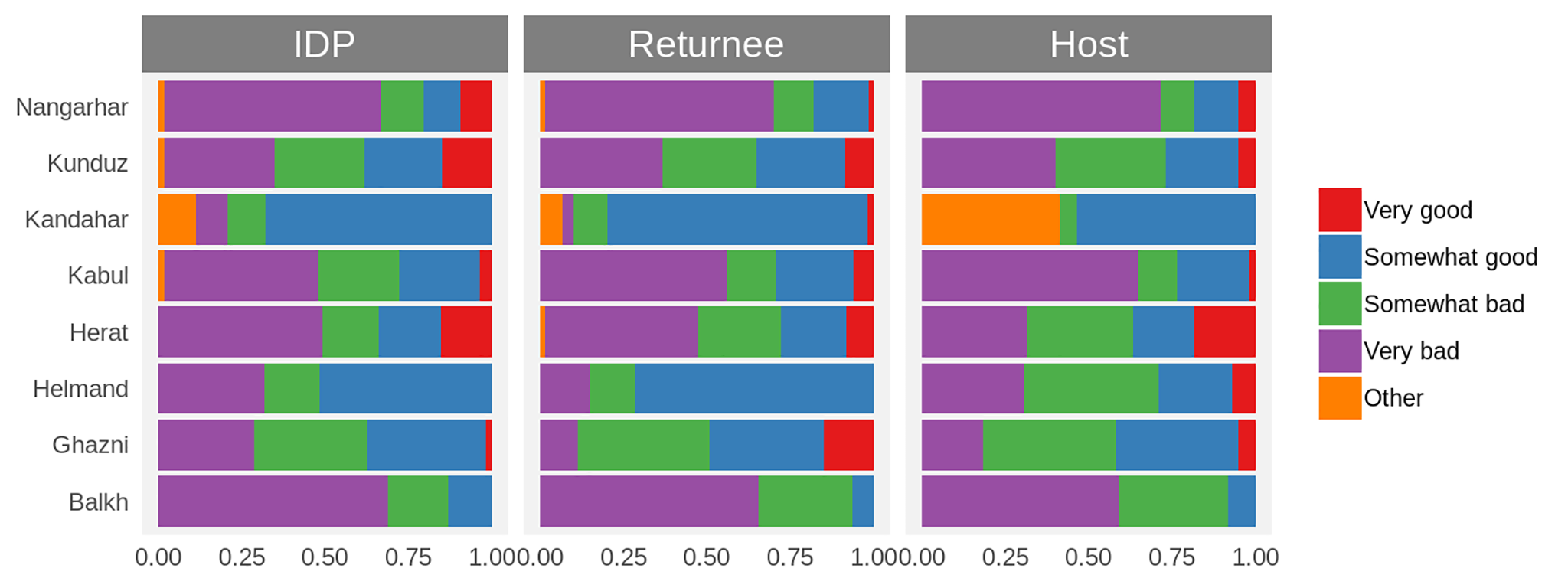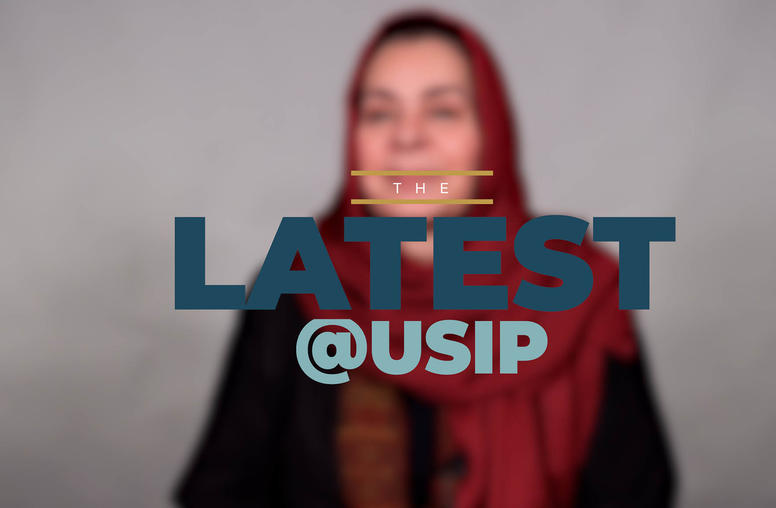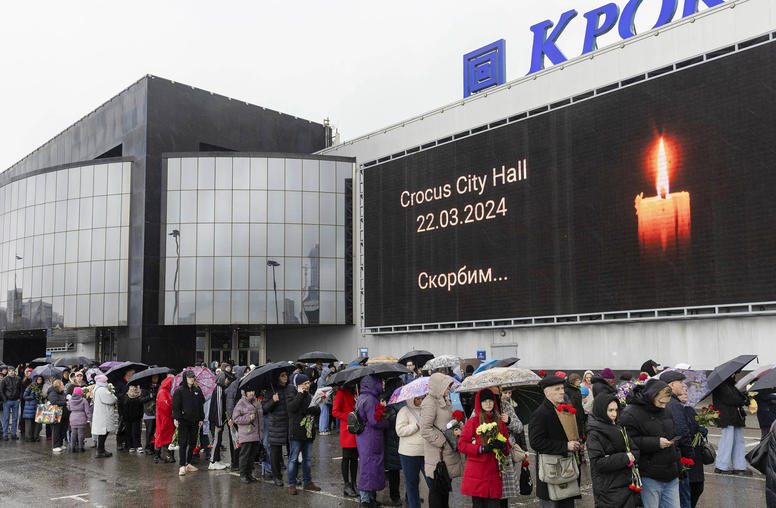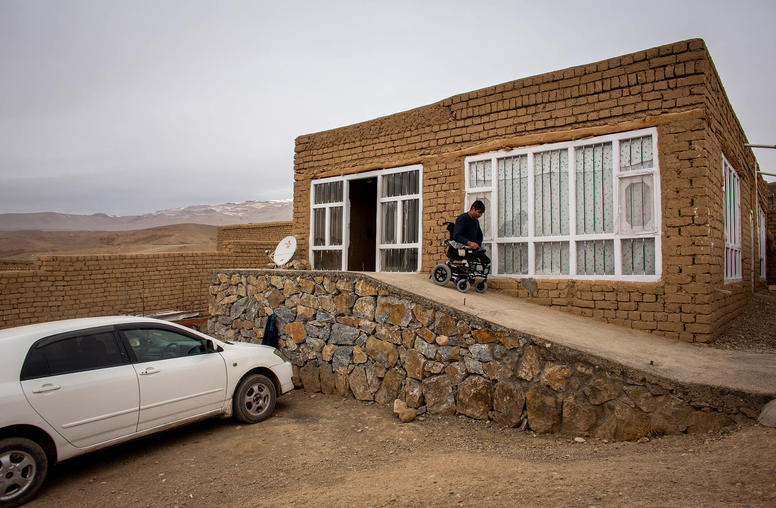What Can Make Displaced People More Vulnerable to Extremism?
A study in Afghanistan offers clues for better policies in the world’s violent conflict zones
As the international community works to prevent new generations of radicalization in war-torn regions, debate focuses often on the problem of people uprooted from their homes—a population that has reached a record high of 68.5 million people. Public discussion in Europe, the United States and elsewhere includes the notion that displaced peoples are at high risk of being radicalized by extremist groups such as ISIS. Scholars and peacebuilding practitioners have rightly warned against such generalizations, underscoring the need to learn which situations may make uprooted people vulnerable to radicalization. A new USIP study from Afghanistan notes the importance of specific conditions faced by displaced people—and it offers indications suggesting the importance for policy of supporting early interventions to stabilize the living conditions of displaced people after they return home.
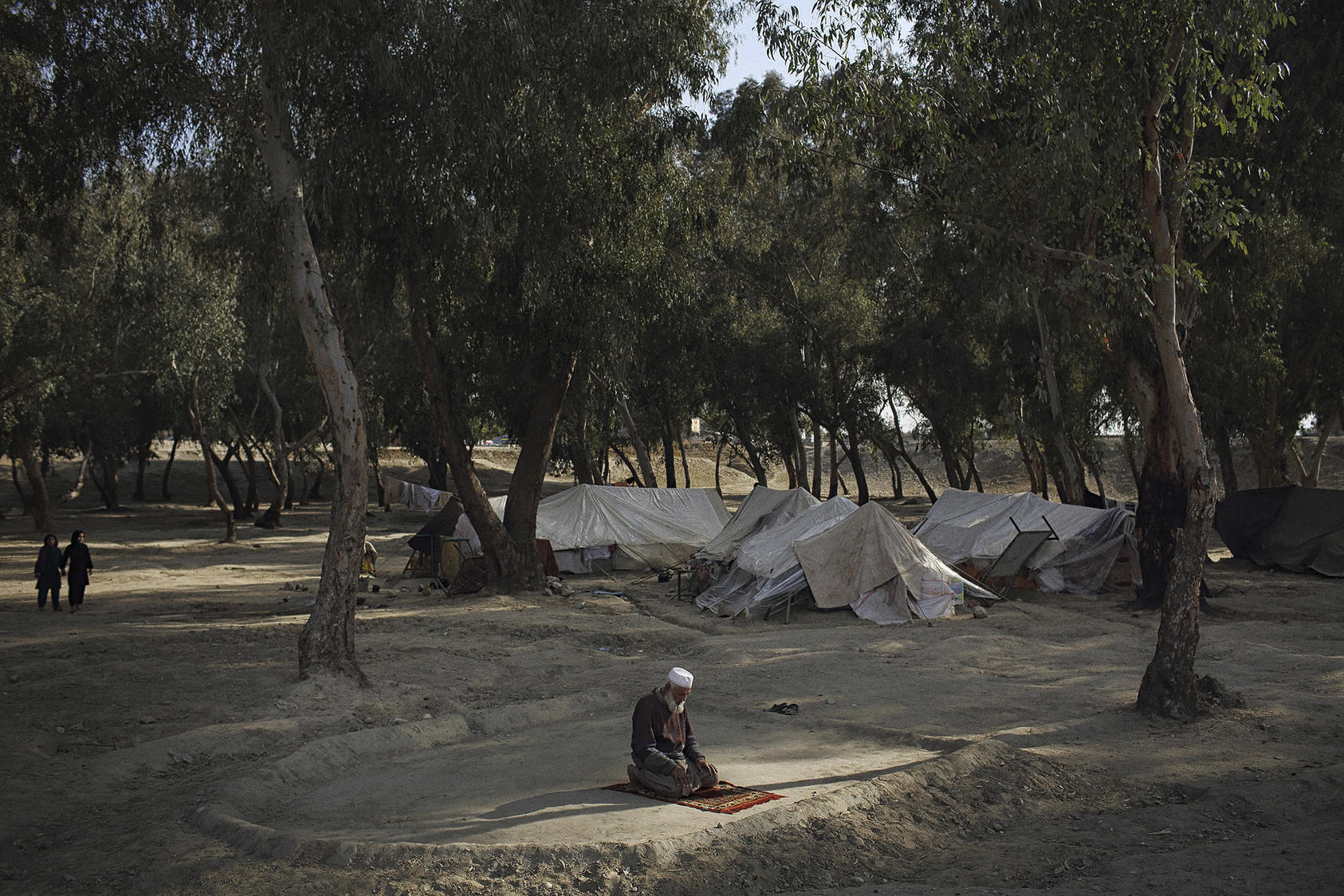
Afghanistan’s Clues to Better Policies
Insights on radicalization among displaced Afghans could help inform efforts to stabilize conflict zones from Syria to Yemen to Africa’s Sahel region. In the global struggle to meet the needs of refugees (those uprooted across international borders) and “internally displaced people” (those who have fled across an international border), Afghanistan offers a vital case for study. By nationality, 2.6 million Afghans form the world’s second-largest population of registered refugees (after 5.7 million Syrians). But a larger population of undocumented refugees, plus the 1 million Afghans now displaced within their country, means that as many as 7 million to 8 million Afghans are living uprooted from their homes.
For governments, national security specialists, humanitarian organizations and others, two questions are essential: How might displaced people become vulnerable to radicalization? And what policies can best deter that? Afghanistan can provide answers, in part because it has such a large displaced community with disparate experiences. The 40-year span of Afghanistan’s wars means that its people have faced displacement for an unusually wide range of time periods—some for just months, others for decades. Afghanistan also has large numbers of returnees who have completed the full cycle of traumas—being uprooted, surviving away from home, and returning to rebuild, often under the pressures of new difficulties and threats. Their experiences and voices can be especially valuable in understanding whether displaced persons are actually more vulnerable to radicalization, and if so, which strains and shocks of the displacement cycle create that vulnerability to violent radicalism. The Afghan experience offers lessons for our efforts to halt such violence, not just in Afghanistan, but also globally.
In 2018, USIP surveyed 1,444 Afghans across eight provinces in Afghanistan, and followed up with 104 interviews, to understand the experiences and attitudes of people who had been displaced and those who had not. Key findings included these:
- Displaced people are made vulnerable only through specific conditions that they have experienced. Local variations in people’s living conditions are more important than whether or not they have suffered displacement.
- Where people felt strong grievances toward the state, notably an inability to access government services, they were more sympathetic to violence committed by the Taliban, even against civilians. Displaced people did report greater hardships than the non-displaced in finding income, schooling for children, health care, and protection from political violence. Displaced people who did not report such grievances were more resilient to extremist efforts to shape opinions, notably in justifying extremist violence.
- Displaced Afghans were more likely to be approached directly by the Taliban for radicalization or recruitment. This could be because some of these people were living in Taliban-controlled areas, or because the Taliban are deliberately targeting displaced people, perceiving them as more potentially receptive to the Taliban’s positions.
- The frequency with which residents received messaging by the Taliban strongly affected their acceptance of Taliban violence against civilians. Half of Afghans surveyed said they receive Taliban messages—through social media, cellphone text messages or sermons at mosques—either hourly, daily or weekly. Those who heard Taliban messaging no more than monthly or annually were much more opposed to the Taliban’s argument that violence against civilians in the name of religion is justified.
- Several findings underscored the need for policies to not treat displaced people, or returnees, as a single group—but to identify subgroups and shape programs to the distinct characteristics of each. For example, one group that showed greater inclinations to sympathize with the Taliban was former refugees abroad who had returned to Afghanistan more than five years ago. It remains unclear why. One possibility is that they have endured the effects of ineffective governance, following their return, for a greater length of time, and thus harbor stronger grievances towards the government. Or they may simply be making a pragmatic choice in sympathizing with the Taliban because the Taliban are providing some essential services that the government is not.
For U.S., Afghan and international policymakers, the points above, plus other results from this study—which will be published in full in April—suggest recommendations for better policies toward those uprooted amid war. Policies should aim to improve the material living conditions of displaced persons, especially amid the difficult, often traumatic, initial periods after they are forced from their homes, and after they return. Early intervention to help these groups is important, and the most vital government service to provide them is simply security. The Afghan government and its partners should sustain and buttress programs, currently supported by the donor community, to counter or halt messaging Taliban. The strong differences in this study among the eight provinces point to the need for even more finely tuned programming to address the specific local factors that generated sympathy for the Taliban.
Returnees: A Growing Challenge
Gripping images of refugees in flight or camped in exile rightly focus public discussion on the plight of those torn from their homes by war. Our study focuses on a different, risk-filled, and often ignored, part of the displacement cycle: the return home of uprooted populations. In Afghanistan, as in other countries such as Iraq and Colombia, U.S. and international policies face a growing challenge to help stabilize difficult and dangerous conditions often faced by such returnees. In Afghanistan, more than 1.6 million people returned from abroad in 20-16 and 2017, from Iran, Pakistan and, to a lesser extent, Europe and elsewhere. Many were forced back to Afghanistan with little or no preparation—often by deliberate actions of their host countries. In being forcibly returned, these people often lose assets they have built up in their years abroad, and often do not return to safety in their home communities. They frequently remain displaced, seeking safety, and new livelihoods, in a country still facing brutal warfare that last year killed a record number of civilians.
The findings of USIP’s study underscore—and help to more clearly define—the risks of radicalization for this growing population of returnees, as well as for other categories of displaced persons. It offers new details on the vulnerabilities and resilience to radicalization of these various categories. The study interviewed Afghans from disparate groups. Some had lived abroad as refugees and then returned to the country. Some had been displaced within Afghanistan, others remain displaced, and some had not been displaced at all, but were residents of communities hosting displaced populations.
In the study, Afghans shared a widespread belief that displaced persons in general have greater sympathy toward the Taliban than those who are not displaced. Yet the data showed this to be a misconception. In answering questions that determined respondents’ actual sympathies, displaced Afghans as a whole were not more likely to be radicalized or to express sympathy for the Taliban or for the use of violence against citizens.
One of the strongest findings was that, when Afghans expressed sympathy for the Taliban, it was driven by their belief that the Taliban are able to provide security and maintain order in the areas they control. Respondents voiced frustration at the lack of law enforcement by the government. Rather than agreeing with the Taliban’s ideology or supporting Taliban violence against civilians, respondents reflected a willingness to ‘put up with’ such negative aspects of Taliban authority simply to benefit from the security and protection that they feel the Taliban can provide. This finding supports those in other studies in suggesting that Afghans often don’t support the Taliban because they have been “radicalized,” but rather for pragmatic reasons.
The Biggest Determinants: Local Conditions
Across Afghanistan, the differences among eight key provinces were stronger than any differences between displaced and non-displaced groups. The large differences among provinces—shown in Table 1, below—are likely to reflect the different political and economic situations in each area. This finding is a signal to policymakers that good policies and programs must understand the local, ground-level attitudes and needs of residents, and respond to those, rather than to general notions of a distinction between those who have been uprooted by the war, and those who have not. As the international community aims to address the challenges of displacement, assure the sustainable return of uprooted people—and thus improve global security—this working principle will be vital.
Table 1: Respondents were asked “What is your opinion of the Taliban?” Among internally displaced persons (IDPs), returnees from displacement and members of host communities, the differences were less than those among the eight provinces.
Sadaf Lakhani is CEO of Cognitiks, a technology and consulting company that focuses in high-risk markets. Rahmatullah Amiri heads the research department of The Liaison Office, an Afghan non-government organization.
